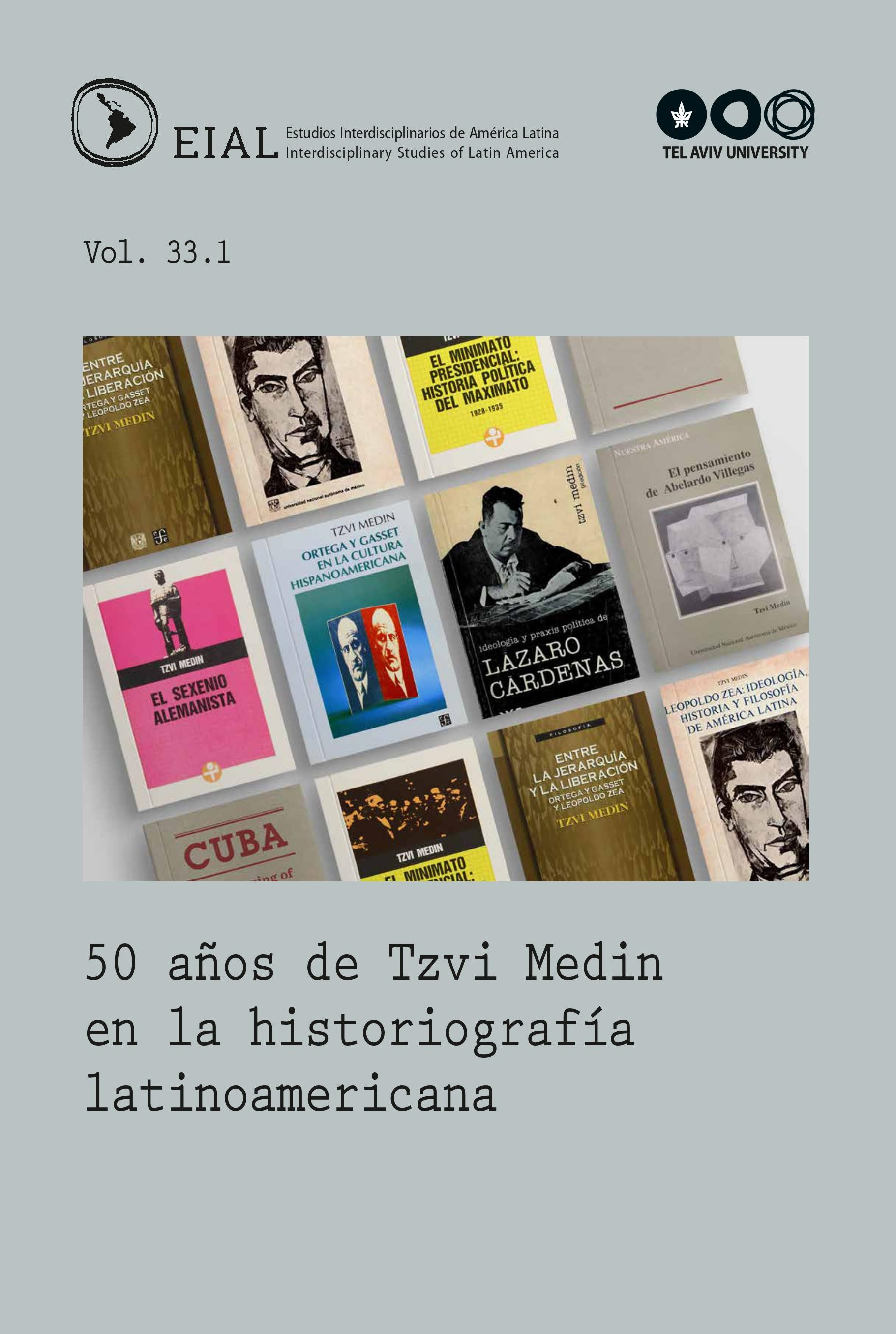Abstract
This text reflects on the significance in Mexicanist historiography of one of Tzvi Medin’s books. Published four decades ago, El minimato presidencial: historia política del Maximato. 1928-1935 (The Presidential Minimato: Political History of the Maximato. 1928-1935), defined and explained the mechanisms that made it possible to go from a regime centered on the figure of the “caudillo” to a presidentialist one in which the head of the Executive Power concentrated a good number of constitutional powers for a single term of government, in response to one of the banners of the 1910 Revolution: to prohibit re-election. The path that led from one regime to another was marked by the assassination of Álvaro Obregón, the great political and military leader of the revolution, a fact that made possible an unprecedented experience in which Plutarco Elías Calles, in his capacity as “Jefe Máximo”, guided the destinies of Mexico without formally occupying the presidency of the country.

